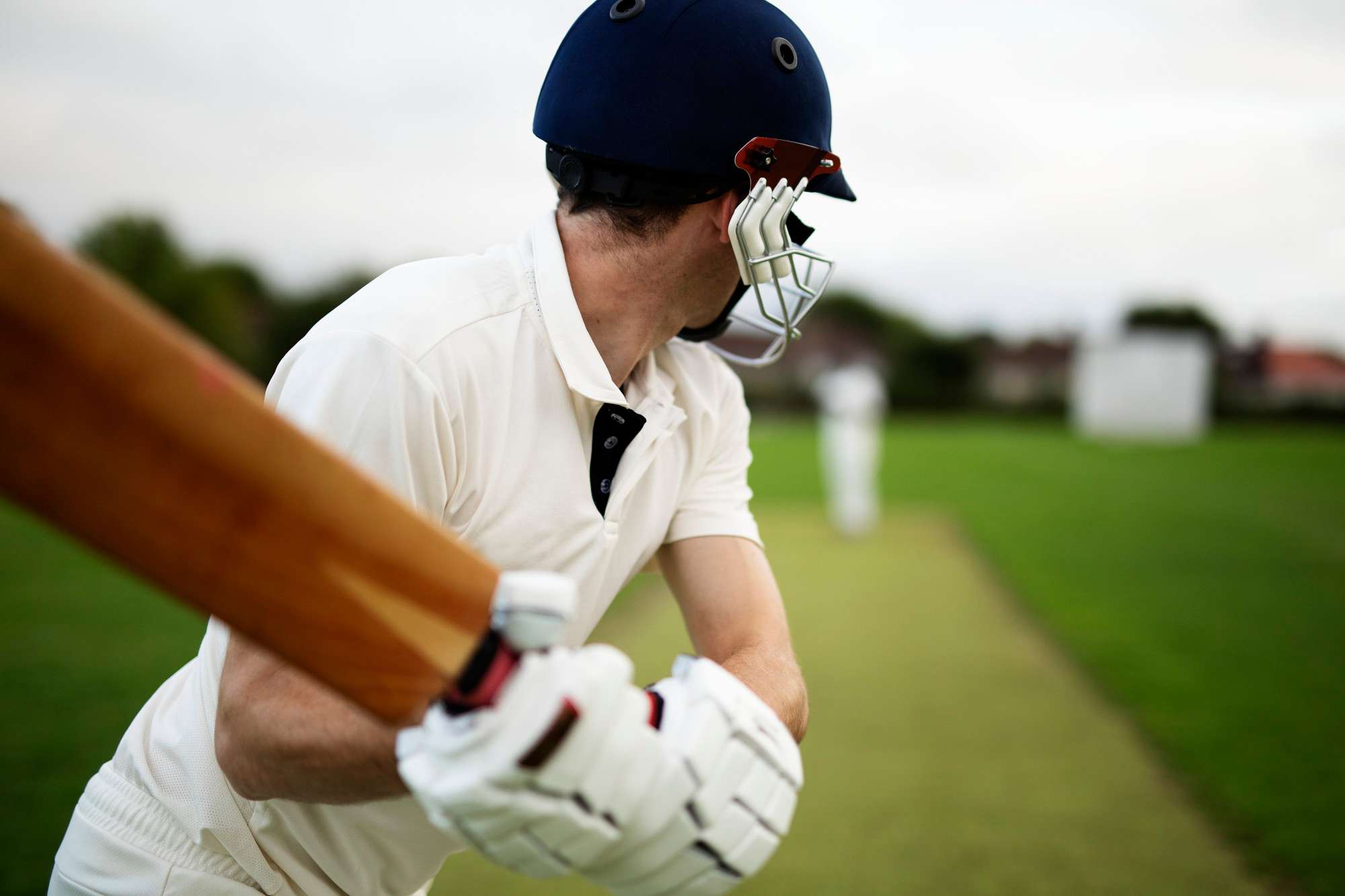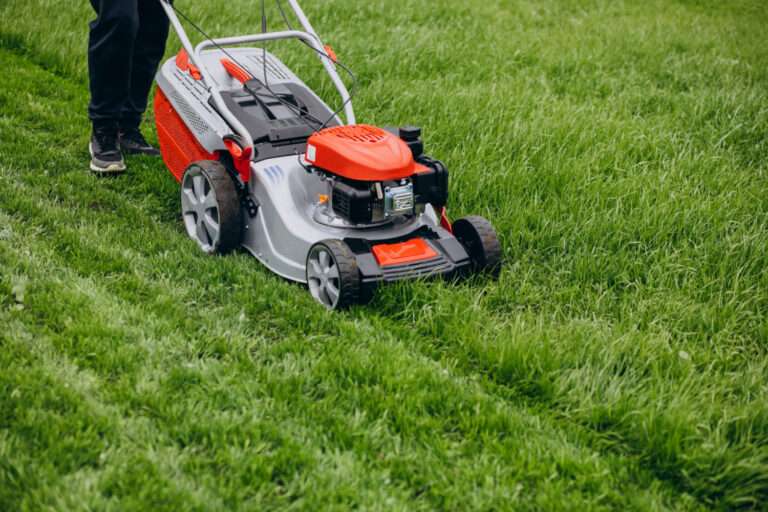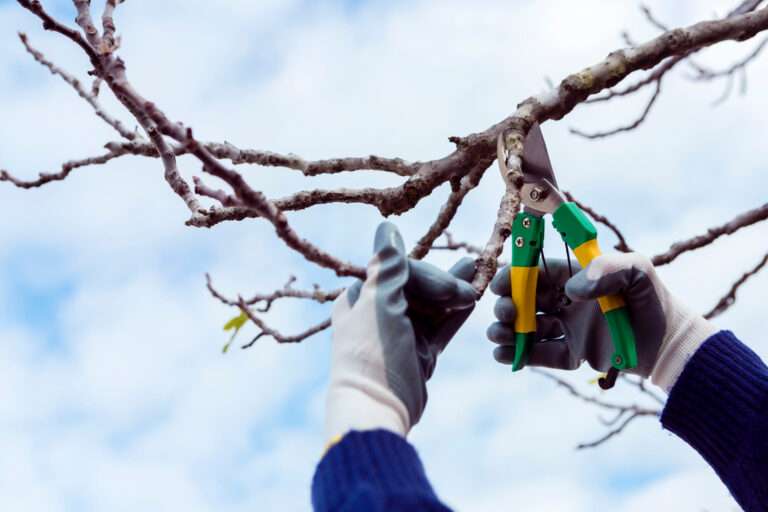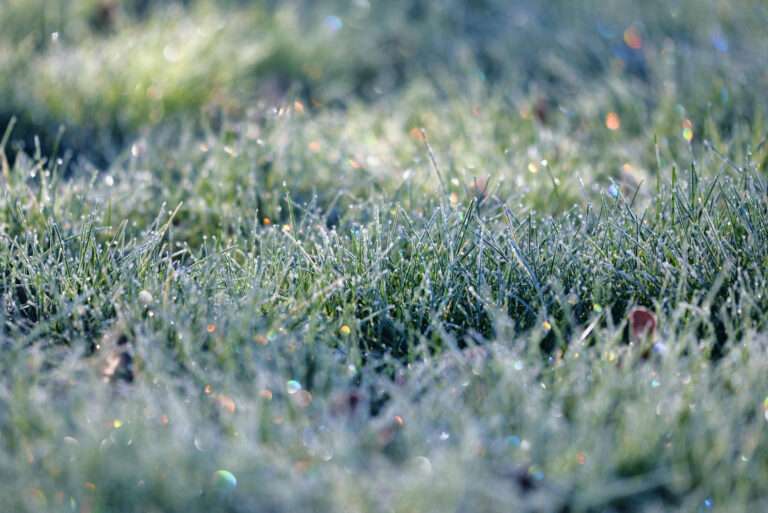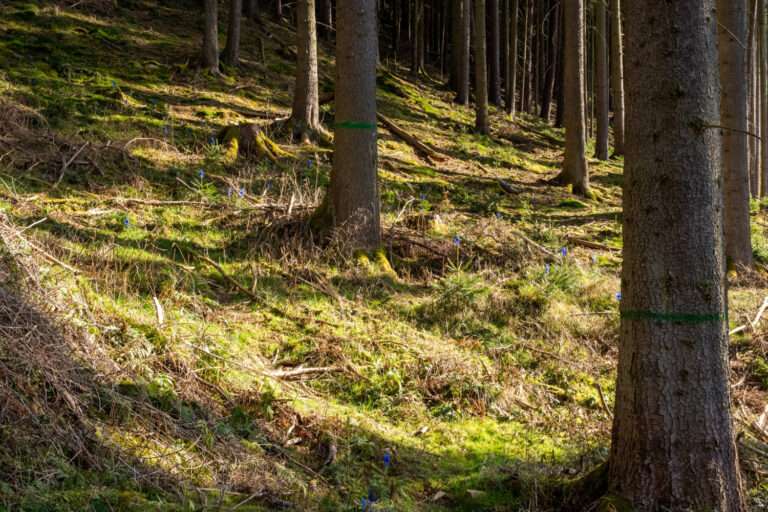7 Essential Tactics for Keeping Sports Pitches in Top Condition
Why Sports Pitch Maintenance Matters More Than Ever
In the competitive world of sport, the quality of a pitch can influence everything from athlete performance to injury prevention and event success. Whether you’re maintaining a school football field, a community cricket green, or a professional training facility, keeping your sports pitch in top condition is essential.
But how can grounds teams consistently deliver playable, safe, and durable surfaces year-round—especially in the UK’s unpredictable climate? This blog reveals the most effective maintenance tactics and answers key questions that grounds managers often ask.
1. Understand Your Surface Type
The first step in creating a pitch maintenance plan is understanding your surface.
Natural Turf: Requires constant attention including mowing, watering, aeration, and fertilisation. It’s beautiful and environmentally beneficial but also high-maintenance.
Artificial Turf: Easier to manage but still demands regular brushing, cleaning, and safety checks to prevent surface compaction, hygiene issues, and seam failures.
Knowing your surface allows for tailored care — not guesswork.
2. Seasonal Pitch Strategies: What to Do and When
Each season brings its own maintenance demands. Here’s a basic framework:
- Spring: Overseed bare patches, scarify dead thatch, apply fertiliser for strong growth.
- Summer: Mow frequently, monitor pest threats, and water regularly to combat dry spells.
- Autumn: Aerate to relieve compaction, apply a final feed, and improve drainage to prepare for wet months.
- Winter: Limit usage, carry out light rolling, and avoid mowing when frost is present.
Strategically adjusting your approach ensures long-term pitch health.
3. Combat Compaction with Regular Aeration
One of the biggest threats to natural turf is soil compaction caused by foot traffic and machinery. It leads to poor drainage, shallow roots, and increased risk of disease.
Solution: Regular aeration using solid or hollow tines breaks up the compacted soil and promotes better air, water, and nutrient circulation. This encourages stronger, deeper root systems and a more resilient surface.
4. Perfect Your Line Marking for Professional Presentation
Line markings aren’t just functional — they’re part of your pitch’s visual identity.
Use:
- GPS-guided line marking for precise, repeatable accuracy
- Durable, environmentally safe paints for longer-lasting results
- Scheduled reapplications, especially after heavy use or rainfall
A well-marked pitch communicates professionalism and enhances the playing experience.
5. Don’t Overlook Drainage
Poor drainage leads to waterlogged surfaces, postponed matches, and long-term damage.
Top strategies include:
- Installing slit drains or sand bands
- Regular verti-draining
- Managing surface levels with topdressing
- Avoiding mowing when wet to prevent rutting
A dry pitch is a playable pitch — especially critical during the UK’s wetter seasons.
6. Prioritise High-Wear Areas
Goal mouths, centre circles, and side-line entrances take a beating.
Consider:
- Frequent overseeding
- Patch repairs and re-turfing
- Rotational rest or restricted access if feasible
Giving extra attention to high-wear zones keeps your pitch looking and performing its best.
7. Build a Proactive Maintenance Schedule
Reactive repairs are costly. Proactive planning saves money and prevents downtime.
Build a plan that includes:
- Daily and weekly maintenance checks
- Seasonal interventions
- Budgeted long-term improvements
Using a grounds management calendar ensures no vital task gets missed — and surfaces stay match-ready all year round.
FAQs: Sports Pitch Maintenance
Q: How often should a sports pitch be mowed?
A: During the growing season, aim for 2–3 times per week. In cooler months, reduce frequency but avoid letting grass grow too long.
Q: What height should natural sports turf be kept at?
A: This depends on the sport. Football and rugby often require 25–30mm, while cricket outfields and tennis grass courts may differ.
Q: Can artificial pitches be used year-round?
A: Yes, but they still need regular maintenance to ensure hygiene, safety, and longevity.
Q: How long does pitch renovation take?
A: Full renovation (topdressing, aeration, reseeding) may take several weeks depending on weather, budget, and surface type.
Conclusion: Consistency is the Key to Top Condition
Keeping a sports pitch in peak condition isn’t about occasional effort — it’s about consistency, precision, and adaptability. When you understand your surface, follow seasonal strategies, and act proactively, you’ll create a pitch that performs as well as your team does.
Whether you manage a local football pitch or a large commercial facility, these tactics provide the foundation for success.
Killingley Insights is the editorial voice of NT Killingley Ltd, drawing on decades of experience in landscaping, environmental enhancements, and civil engineering projects across the UK.


